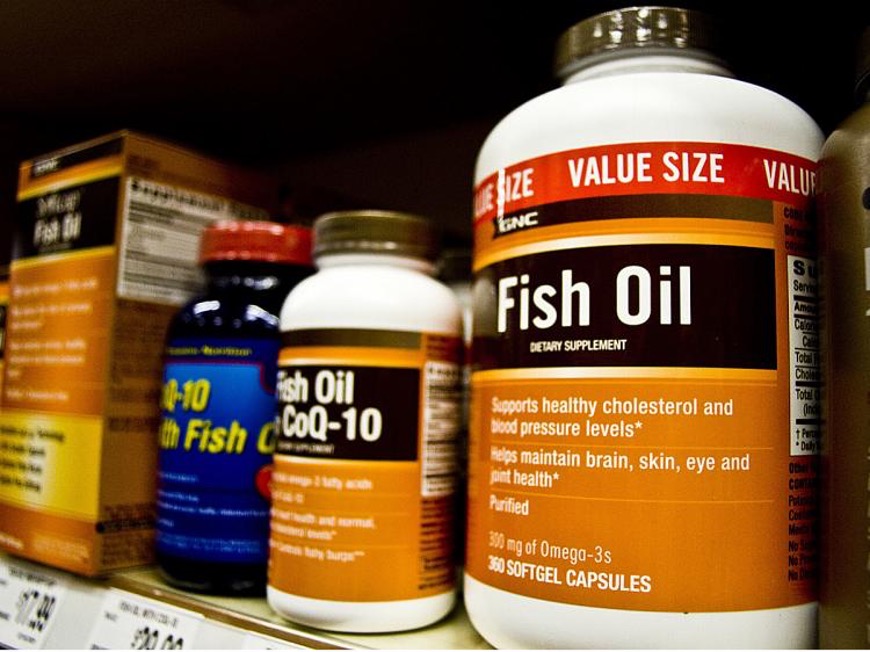The long-chain omega-3 fatty acids DHA and EPA contribute to many aspects of brain health, DHA provides structure to the membrane and is involved in signalling, connectivity between cells, and neurotransmitter production, among other important actions. EPA and DHA have some common functions and some distinctive ones. DHA is most often associated with brain development, learning and cognition, and EPA with mood and behaviour, and anti-inflammatory effects.
Many people know that they need omega-3 fatty acids in their diet, so they eat fish as their primary source of these nutrients. But while eating a small number of wild-caught fish may be acceptable, it is still not a favourable source of EPA and DHA. That’s because fish may provide pollutants and other serious drawbacks:
• Microplastic particles from the dumping of plastic garbage into our oceans and waterways.
• Fish often contains high levels of other pollutants such as methylmercury and PCBs.
When asked “How much fish should we eat”? Dr Beck, director of the Institute of Functional Neuroscience (IFN), responded, “If you do eat fish, I recommend limiting your consumption to 6 ounces per week, and sticking with varieties that are lowest in mercury, such as trout, flounder, oysters, sardines, shrimp, pollock and wild salmon”.
Dr Beck was also asked “Many people believe they can meet their Omega-3 needs with nuts and seeds, is this correct?”.
Dr Beck responded, “Conversion of Alpha-lipoic acid or ALA (from walnuts, flax seeds and chia seeds) varies between individuals, is overall inefficient, and is most often insufficient to provide optimal DHA levels. A study measuring blood DHA and EPA in a vegan population found that 64 percent were insufficient, and some were very severely deficient. Those insufficiencies were not related to ALA intake (which was far above recommended intake), suggesting that genetic or other inherent differences in conversion enzyme activity determines DHA and EPA levels more than ALA intake. Also, in this study they found a moderate dose of algae derived DHA and EPA (254 mg/day) was able to normalize the levels when rechecked four months later. This research confirms that high ALA intake in many cases is not enough to assure DHA and EPA adequacy, and suggests that omega-3 supplementation is a useful adjunct to a healthful diet”.
“At IFN we recommend fish oil supplementation to our patients with individualised doses in cases where an insufficiency of these nutrients may impede their response to care.” concluded Dr Beck.
The Institute of Functional Neuroscience is in Perth, Australia. They are internationally recognised as experts in neuroplastic rehabilitation and restructuring.
If you wish to enquire about becoming a patient at the institute or have any other questions, please contact us on 618 6254 2282 or [email protected].
References
Danopoulos E, Jenner LC, Twiddy M, Rotchell JM. Microplastic Contamination of Seafood Intended for Human Consumption: A Systematic Review and Meta-Analysis. Environ Health Perspect. 2020 Dec;128(12):126002. doi: 10.1289/EHP7171. Epub 2020 Dec 23. PMID: 33355482; PMCID: PMC7757379.
Sarter B, Kelsey KS, Schwartz TA, Harris WS. Blood docosahexaenoic acid and eicosapentaenoic acid in vegans: Associations with age and gender and effects of an algal-derived omega-3 fatty acid supplement. Clin Nutr. 2015 Apr;34(2):212-8. doi: 10.1016/j.clnu.2014.03.003. Epub 2014 Mar 14.
